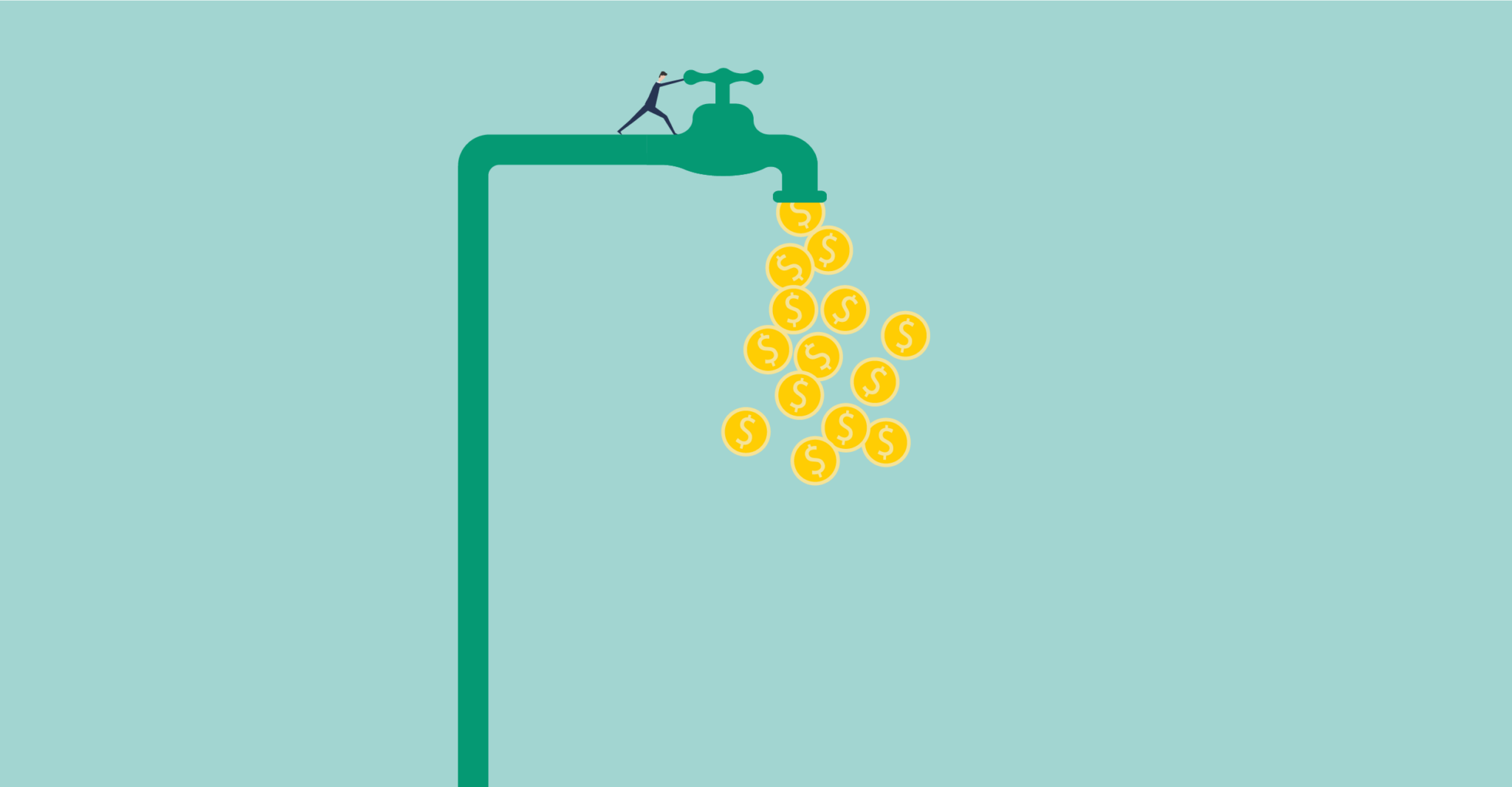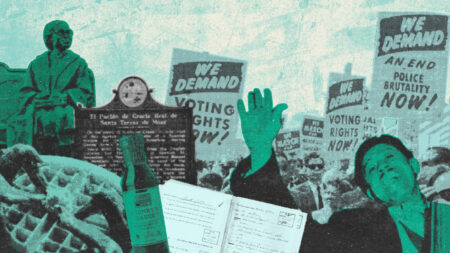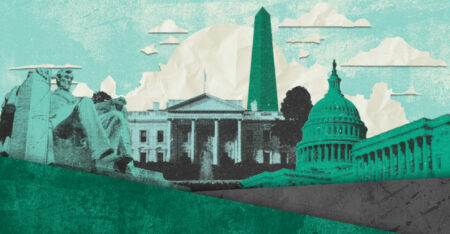In April, the US Consumer Confidence Index (CCI) was reported at 121.7, up from 109 in March. But what does that mean and how can we use it as decision-makers?
In the US, The Conference Board surveys 3,000 households each month. The survey captures data about consumers’ opinions on:
- Current business conditions
- Business conditions for the next six months
- Current employment conditions
- Employment conditions for the next six months
- Total family income for the next six months
While simple in concept, the CCI is closely watched and has significant impacts
For instance, the Federal Reserve uses it when considering interest rate changes and it also affects stock market prices.
The Consumer Confidence Index began in 1967 but is now benchmarked to 1985 = 100. The year 1985 was chosen because results that year weren’t particularly high or low, making it a good benchmark upon which to measure changes. An index higher than 100 means consumer confidence is higher than it was in 1985, while an index below 100 means consumer confidence has fallen below the benchmark.
Oversimplified, a trend of increasing consumer confidence signals economic growth in which consumers are more likely to spend money. Conversely, a trend of decreasing consumer confidence indicates slowing economic growth, which means consumers are likely to decrease their spending.
When the CCI is trending up, as it is now, consumers are more likely to travel, manufacturers can increase production and hiring, banks can expect increased demand for credit, builders can prepare for a rise in home construction and the government can anticipate improved tax revenues based on the increase in consumer spending.
A month-to-month decreasing trend indicates consumers have a negative outlook on their ability to secure and retain good jobs. In this case, consumers might delay travel or choose to drive instead of fly. Manufacturers may see consumers put off making big-ticket items that require financing. As a result, manufacturers may reduce inventories to reduce overhead and/or delay investing in new projects and facilities. Banks might see a decrease in lending activity, mortgage applications and credit card use.
Of course, not all businesses and industries are positively correlated with the economy. Higher education, for example, has historically seen applications increase when the economy is down and unemployment is up.
The CCI is released on the last Tuesday of every month — keep an eye on it and think about how its trends might impact your business.
What we do
Before creativity begins we use solid research to determine our strategy and deliver cross-channel solutions that increases consumer confidence for our clients. Market research, consumer analysis, channel strategy and long-range planning are some of the approaches we use to deliver award-winning campaigns. Reach out if you’d like help with your strategy.









